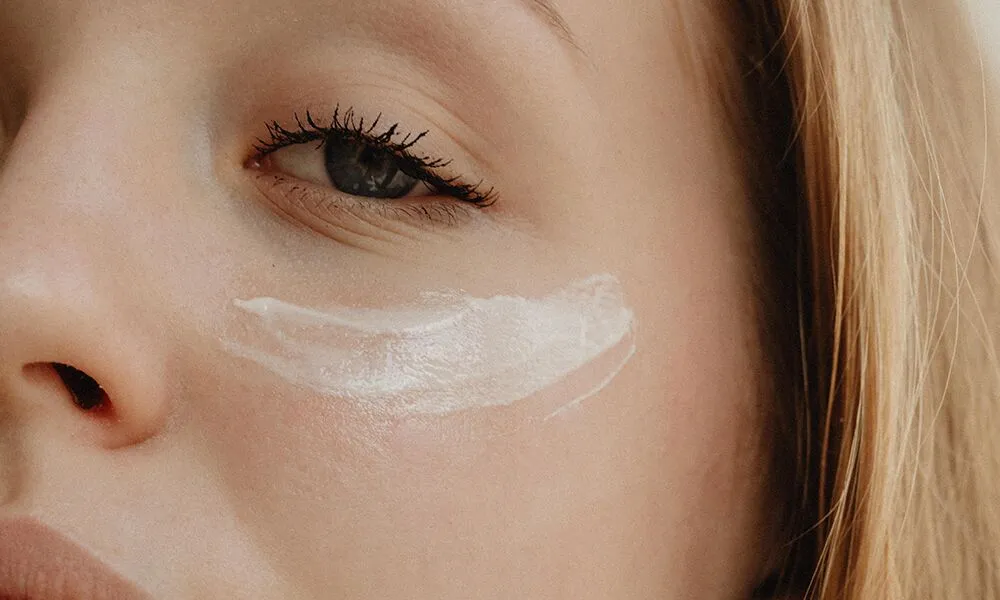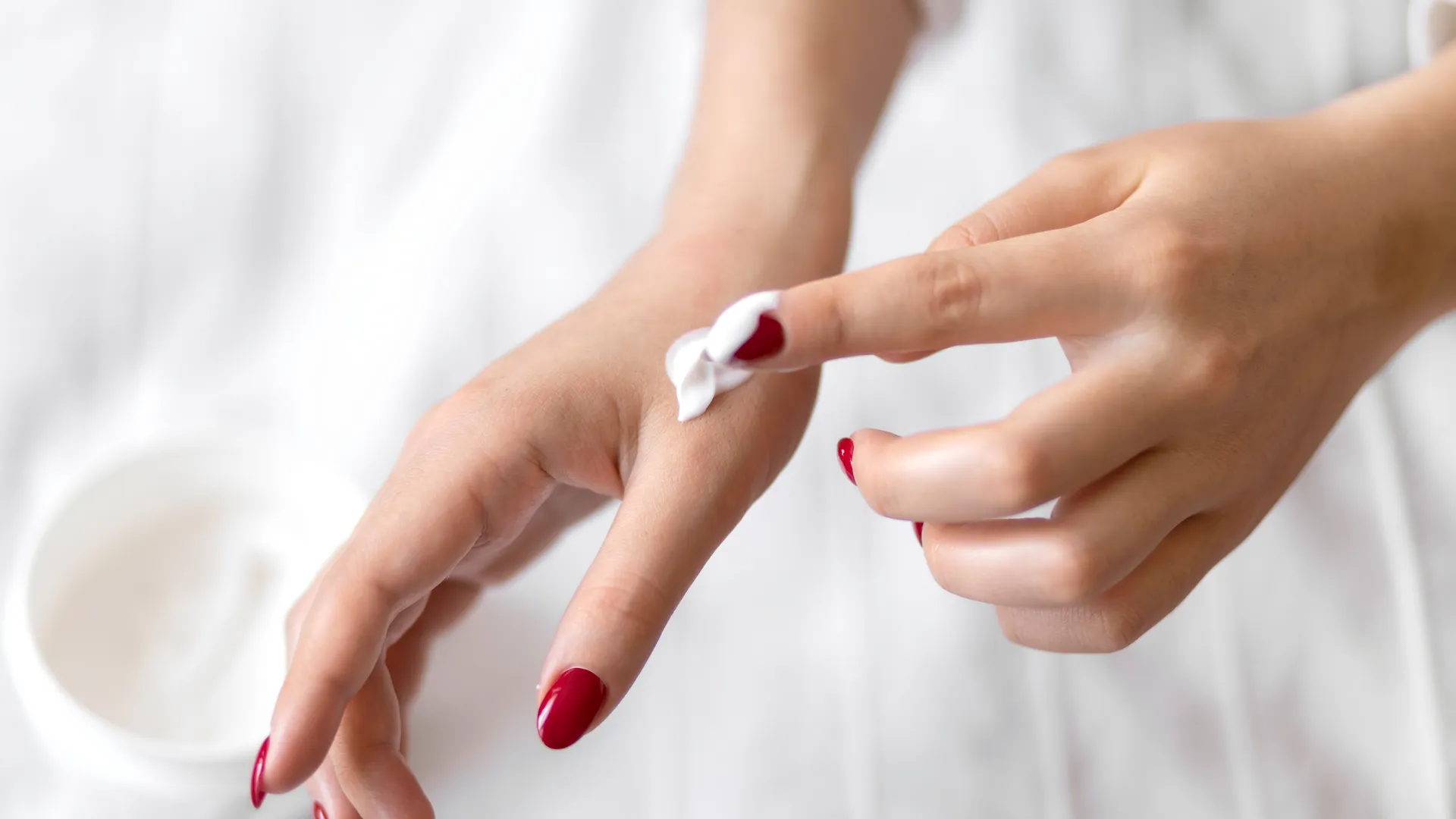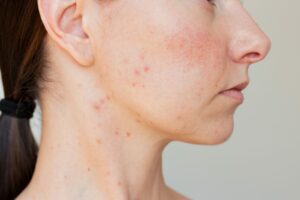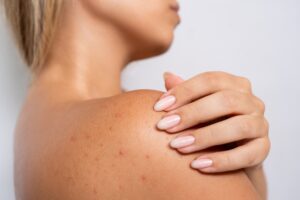Scaly, itchy feet, and thick, yellow toenails are the result of a common fungal infection often acquired by contact with contaminated floor surfaces, shoes, towels, nail files, and clippers. Affected feet usually show loose skin scales on the soles and sides of the feet, often accompanied by moist peeling between the toes, and sometimes even itchy or painful blisters.
Athlete’s foot, also known as tinea pedis, is caused by the same type of fungi (called dermatophytes) associated with ringworm and jock itch. Damp socks, shoes, and warm humid conditions favor the growth of these fungi which are found everywhere, including on carpets, floors, and soil. Interestingly, not everyone exposed to dermatophytes develops tinea pedis, even though it is extremely common.
Athletes’ foot is best treated with a prescription antifungal cream used daily for at least two months. Early treatment of athlete’s foot fungus can help prevent the development of toenail fungus. Toenails can become infected due to the migration of the fungus from the skin into the nearby toenails. This leads to thick, yellow crumbly toenails, known as onychomycosis.
Toenail fungus (onychomycosis) typically requires daily treatment with antifungal pills for at least three months (Lamisil) or once-weekly pills for at least a year (Diflucan) for a complete cure. Prescription nail lacquers containing antifungal ingredients such as Jublia 10% solution (efinaconazole) are helpful too, with the best results usually achieved in combination with pills.
Treatment for fungal infections takes many months until the skin and nails grow out sufficiently clear. Re-infection is common if precautions are not taken to prevent re-exposure to sources of dermatophyte fungi, such as avoidance of infected floor surfaces, shoes, and nail grooming tools.
Written by, Lillian Soohoo, MD of Golden State Dermatology Los Gatos






